Head of Medusa Unearthed in In Ancient City Of Antiocheia Ad Cragum, Turkey
First version of this article was published on August 12, 2015
MessageToEagle.com – The head of Medusa, a Greek mythological creature who turned all that gazed upon her into stone, has been unearthed during excavations in the ancient city of Antiocheia Ad Cragum in the southern province of Antalya’s Gazipasa district, Turkey.
Antiochia ad Cragum was an ancient Hellenistic city on Cragus mountain overlooking the Mediterranean coast, in the south coastal region of Asia Minor, south of the central Anatolian plateau.
It had temples, baths, markets and colonnaded streets, and thrived during the empire from an economy focused on agricultural products, especially wine and lumber.
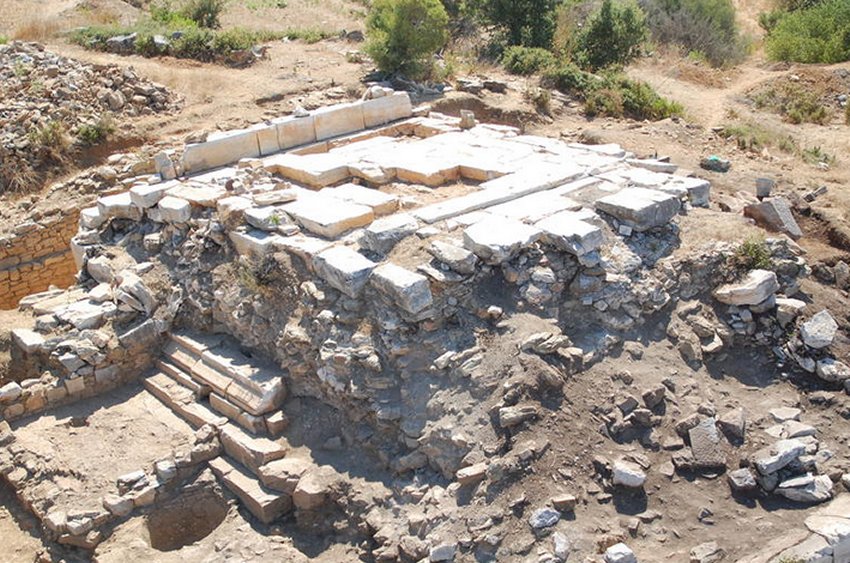
It’s a part of the world with a very long history, and there is evidence of Hittite settlement going back to 2000 BC.
However, it is also known that this coast was settled long before that.
The remains of Antiochia ad Cragum are located within the confines of the modern Turkish village of Güney, located approximately 12 kilometers SW of the town of Gazipasa in the district of Antalya on the south coast.
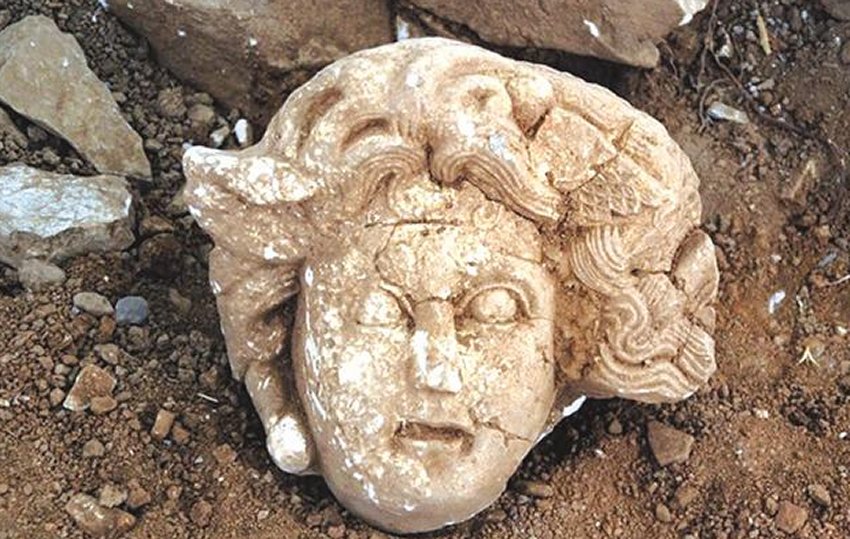
The site is extensive, with area of approximately three hectares.
Among ruins there are fragments of baths, a market, a colonnaded street with gateway, a large early Christian basilica, monumental tombs, and a temple, along with several unidentified structures.
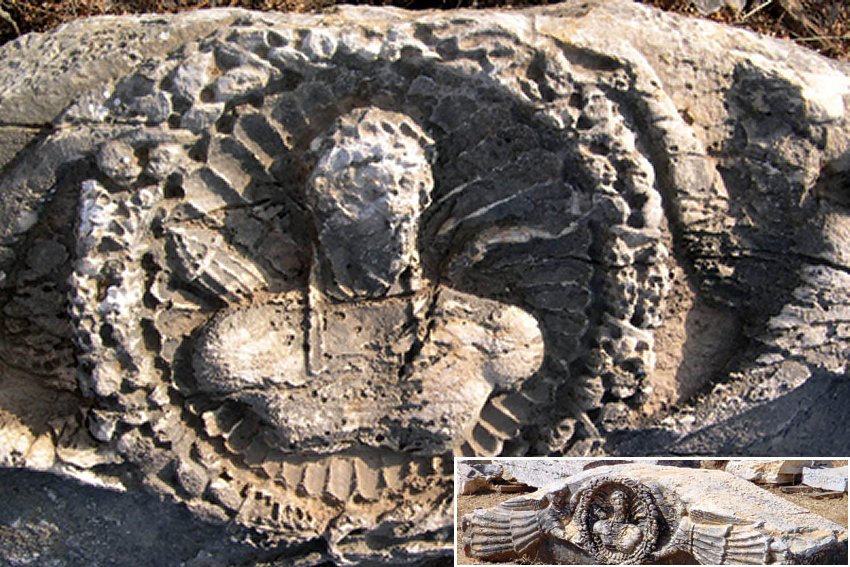
Antiochia is mentioned by several ancient sources as an important Roman commercial center and during the Byzantine era the city was a seat of a Christian bishopric.
‘We have found the Medusa figure … among the marble blocks of a big structure, most probably a temple,’ said Nebraska University’s Michael Hof, who is heading the excavations.
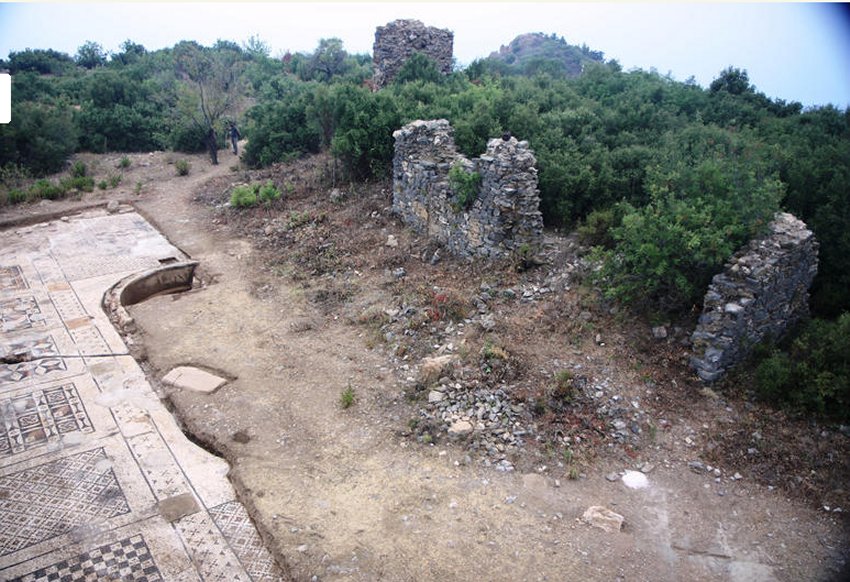
‘This is a normal human-size head, maybe a bit bigger. It does not belong to a sculpture but a relief located in the front façade of the temple. It was found nearly a week ago. When the excavation is finished, it will be delivered to the Alanya Cultural Directorate.’
The excavations started in Antiocheia Ad Cragum in 2005 and was continuing with collaboration from Turkish and U.S. officials.
MessageToEagle.com
source:
Related Posts
-
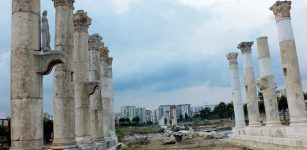 Ancient City Of Soli Reveals Its Hidden Streets And Glorious Columns
No Comments | Jul 13, 2015
Ancient City Of Soli Reveals Its Hidden Streets And Glorious Columns
No Comments | Jul 13, 2015 -
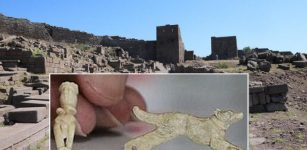 1,600-Year-Old Pendants Depicting Humans And Animals Excavated In Ancient Port-City Of Assos
No Comments | Jan 22, 2020
1,600-Year-Old Pendants Depicting Humans And Animals Excavated In Ancient Port-City Of Assos
No Comments | Jan 22, 2020 -
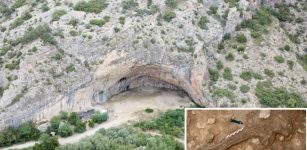 Rare Upper Paleolithic Human Remains Discovered In The Iberian Peninsula
No Comments | Aug 12, 2021
Rare Upper Paleolithic Human Remains Discovered In The Iberian Peninsula
No Comments | Aug 12, 2021 -
 Two Vikings From The Same Family Reunited After 1,000 Years
No Comments | Jun 17, 2021
Two Vikings From The Same Family Reunited After 1,000 Years
No Comments | Jun 17, 2021 -
 Shigir Idol: Twice As Ancient As The Egyptian Pyramids – Is This The World’s Oldest Code?
No Comments | Oct 27, 2014
Shigir Idol: Twice As Ancient As The Egyptian Pyramids – Is This The World’s Oldest Code?
No Comments | Oct 27, 2014 -
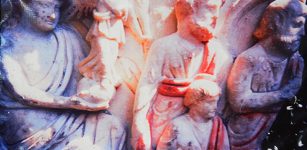 Huge Tunnels And Palace-Like Structure May Be Hidden Underground In Northwestern Turkey
No Comments | Mar 14, 2016
Huge Tunnels And Palace-Like Structure May Be Hidden Underground In Northwestern Turkey
No Comments | Mar 14, 2016 -
 Bronze Age Mummies In British Peat Bogs
No Comments | Oct 1, 2015
Bronze Age Mummies In British Peat Bogs
No Comments | Oct 1, 2015 -
 Treasure Of 1,753 Roman Silver Coins Accidentally Discovered In Poland
No Comments | Apr 1, 2020
Treasure Of 1,753 Roman Silver Coins Accidentally Discovered In Poland
No Comments | Apr 1, 2020 -
 13,000-Year-Old Engraving May Depict First Paleolithic Social Group Of Humans
No Comments | Dec 6, 2015
13,000-Year-Old Engraving May Depict First Paleolithic Social Group Of Humans
No Comments | Dec 6, 2015 -
 Only One In Four Western Roman Emperors Died Of Natural Causes
No Comments | Oct 15, 2021
Only One In Four Western Roman Emperors Died Of Natural Causes
No Comments | Oct 15, 2021
